室内潮湿与上海学龄前儿童哮喘及其相关病症的关联性调查研究
V摘要上海儿童的哮喘及其相关病症发病率在近几十年内持续增长。我国儿科哮喘协作组调研结果表明:上海地区0~14岁儿童的哮喘发病率持续居于全国儿童哮喘发病率首位,其2000年的哮喘发病率(3.34%)是1990年(1.5%)的近2.2倍,而至2006年8月;上海市疾病预防控制中心的调研结果表明上海6~14岁儿童的哮喘患病率已升至5.92%,其增长速度惊人。由于人类基因不可能在短时间内发生改变,因此探寻环境对儿童哮喘及其相关症状的影响显得尤为重要。相较于室外,人类居于室内的时间更长。室内环境的优劣较室外环境更能影响儿童的健康。上海地区由于其独特的北亚热带季风性气候特征和靠江靠海的地理位置,其室内潮湿...
相关推荐
-
我国基层财政困难的制度成因分析与对策研究VIP免费
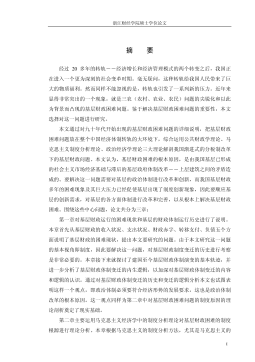
 2024-09-20 25
2024-09-20 25 -
我国煤电产业链纵向交易合约机制研究VIP免费
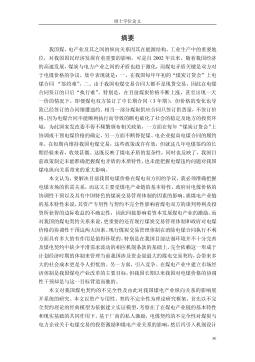
 2024-09-20 23
2024-09-20 23 -
生产要素视角下的上海市产业结构优化研究VIP免费
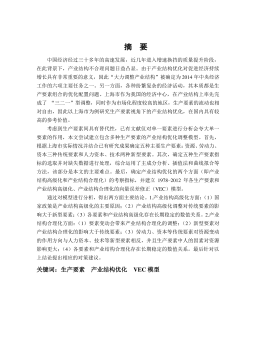
 2025-01-09 6
2025-01-09 6 -
我国银行业结构与经济结构关系研究VIP免费
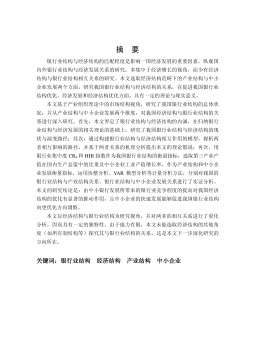
 2025-01-09 7
2025-01-09 7 -
大数据视角下农业供应链金融研究VIP免费
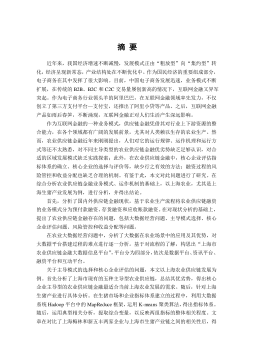
 2025-01-09 6
2025-01-09 6 -
跨国大型综合超市的规划研究VIP免费
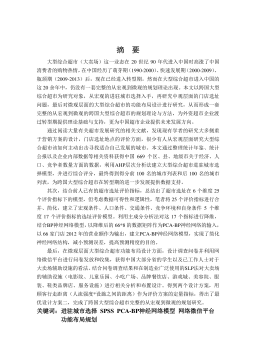
 2025-01-09 6
2025-01-09 6 -
跨境电商农产品质量安全问题研究VIP免费
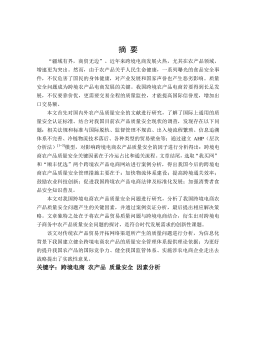
 2025-01-09 6
2025-01-09 6 -
世界市场的虚拟化与我国国际电子商务发展方向研究VIP免费
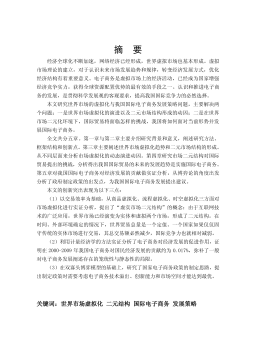
 2025-01-09 6
2025-01-09 6 -
中国政府对电力行业的价格规制问题研究VIP免费
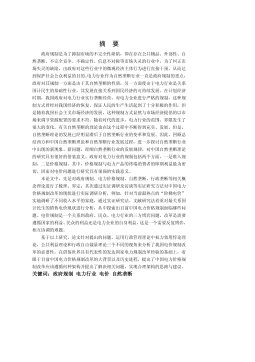
 2025-01-09 6
2025-01-09 6 -
中小企业信息化系统集成技术研究VIP免费

 2025-01-09 11
2025-01-09 11
相关内容
-

跨国大型综合超市的规划研究
分类:高等教育资料
时间:2025-01-09
标签:无
格式:PDF
价格:15 积分
-

跨境电商农产品质量安全问题研究
分类:高等教育资料
时间:2025-01-09
标签:无
格式:PDF
价格:15 积分
-

世界市场的虚拟化与我国国际电子商务发展方向研究
分类:高等教育资料
时间:2025-01-09
标签:无
格式:PDF
价格:15 积分
-

中国政府对电力行业的价格规制问题研究
分类:高等教育资料
时间:2025-01-09
标签:无
格式:PDF
价格:15 积分
-

中小企业信息化系统集成技术研究
分类:高等教育资料
时间:2025-01-09
标签:无
格式:PDF
价格:15 积分






